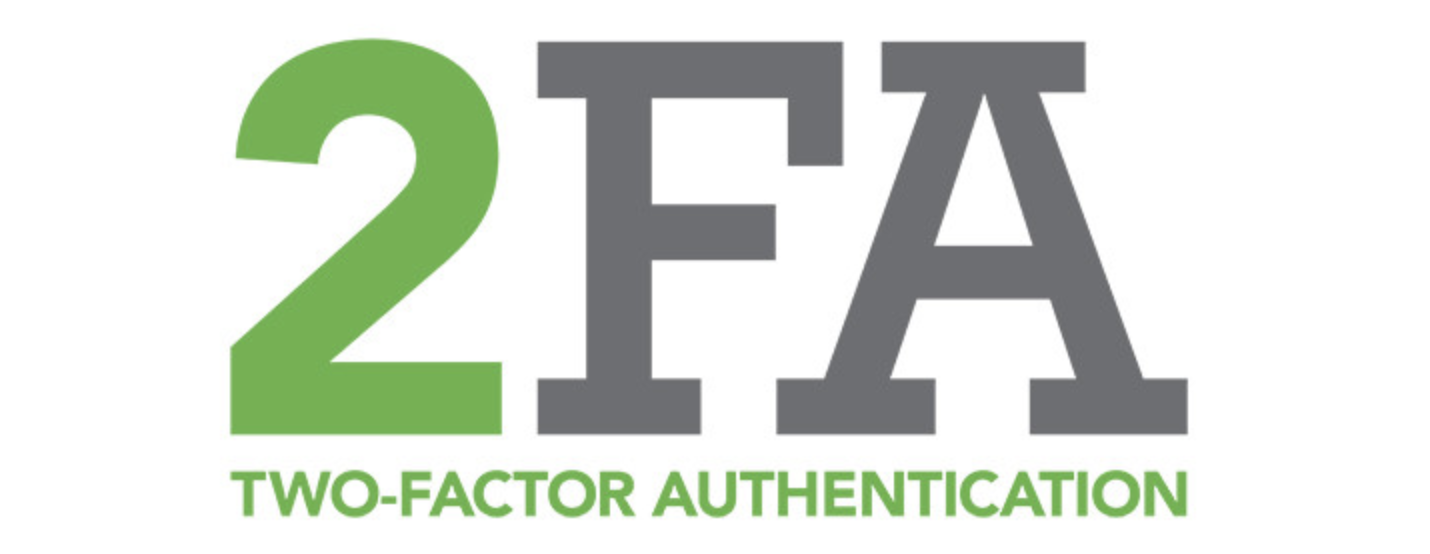What a developer needs to know about 2FA
2FA (two factor authentication, multi-factor authentication) has been a subject I have been deeply interested in for over a year now. It started when I started at Flywheel, and had an opportunity to work on the team that need to implement a 2FA solution. While researching for the implementation, I hit several dead ends with searching for best practices on…
0 Comments
January 30, 2020
